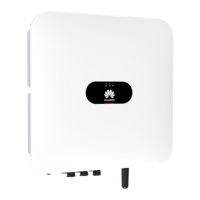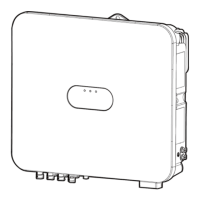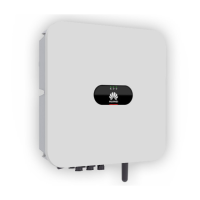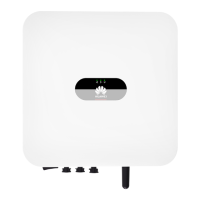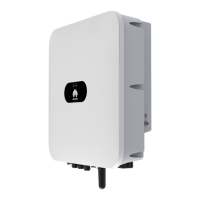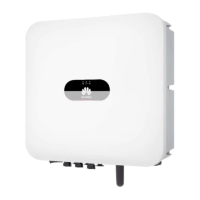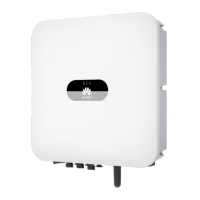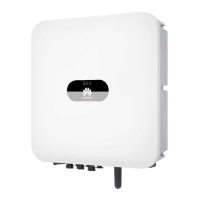● Maritime transport must comply with the
International Maritime Dangerous
Goods Code
(IMDG Code).
● Road transport must comply with the
Agreement Concerning the
International Carriage of Dangerous Goods by Road
(ADR) or JT/T 617.
● Before transportation, check that the battery package is intact and that there
is no abnormal odor, leakage, smoke, or sign of burning. Otherwise, the
batteries must not be transported.
● The packing case must be secured for transportation. Handle the case with
care during loading and unloading, and take moisture-proof measures during
transportation.
● Exercise caution when moving batteries to prevent bumping and ensure
personal safety.
● Unless otherwise specied, dangerous goods must not be mixed with goods
containing food, medicine, animal feed, or their additives in the same vehicle
or container.
● Unless otherwise specied, when dangerous goods packages are loaded in the
same vehicle or container as ordinary goods, they shall be separated in either
of the following ways:
– Use a spacer that is as high as the packages.
– Keep a distance of at least 0.8 m around.
● Before transporting a faulty battery (with scorch, leakage, bulge, or water
intrusion), insulate its positive and negative terminals, pack it, and place it in
an insulated explosion-proof box as soon as possible. Record information such
as the site name, address, time, and fault symptom on the box.
● When transporting faulty batteries, avoid approaching ammable material
storage areas, residential areas, or other densely populated places, such as
mass transit facilities or elevators.
LUNA2000-(5-30)-S0
User Manual 3 Transportation and Storage
Issue 15 (2024-01-12) Copyright © Huawei Digital Power Technologies Co., Ltd. 32

